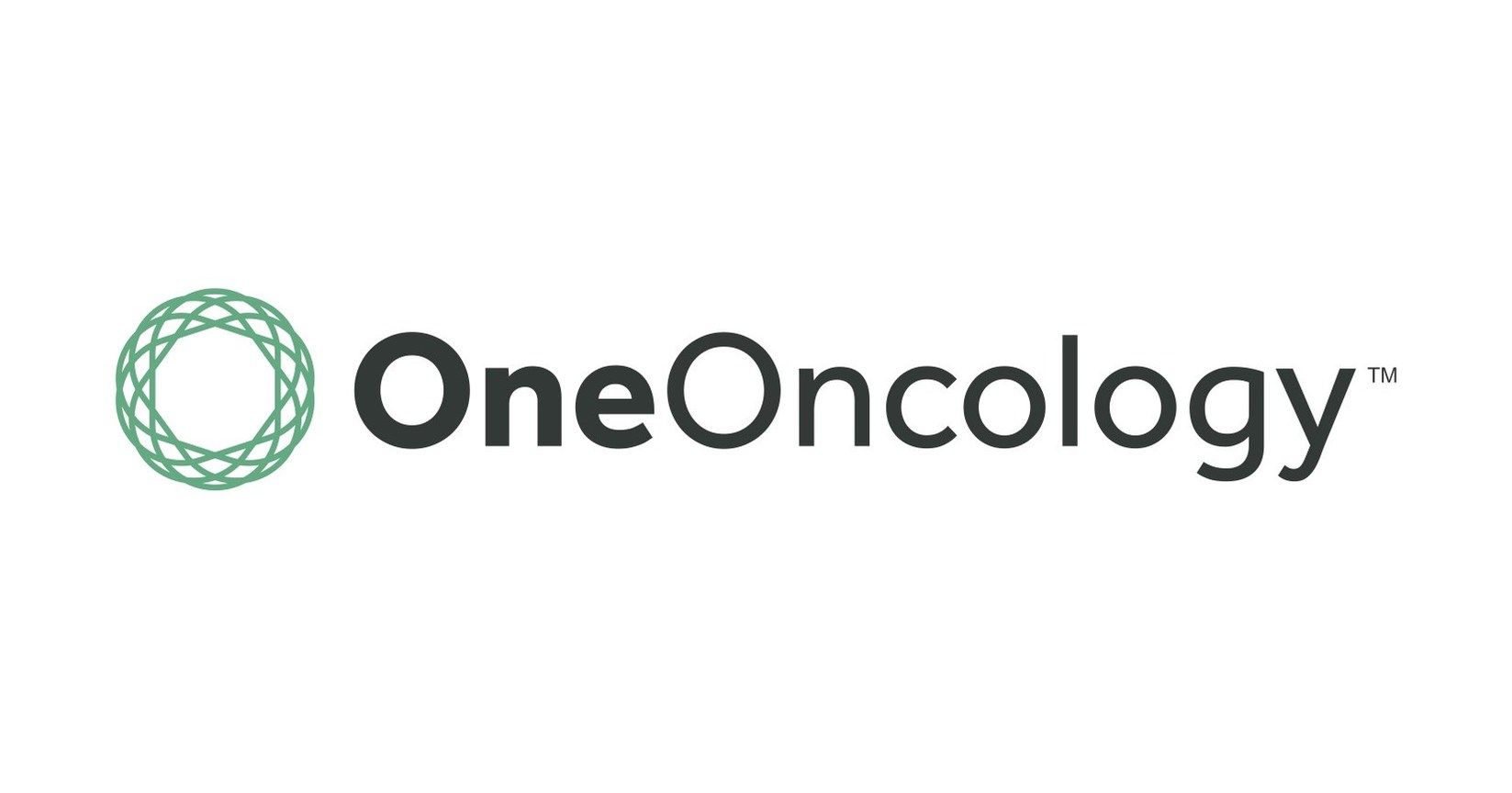Article
Clinical and Managed Care Implications of Biosimilars: Evaluating the Science and Challenges to Uptake
2.0 Credits - CPE | Expires 12/12/16
This activity is supported by an independent educational grant from Boehringer Ingelheim Pharmaceuticals, Inc.
Clinical and Managed Care Implications of Biosimilars: Evaluating the Science and Challenges to Uptake
Faculty
James G. Stevenson, PharmD, FASHP
Professor
College of Pharmacy
University of Michigan
Ann Arbor, Michigan
President
Visante, Inc
St. Paul, Minnesota
Surya C. Singh, MD
Vice President, Specialty Pharmacy
CVS Health
Woonsocket, Rhode Island
Karen M. Bagnato, RPh
Executive Advisor
Specialty Clinical Innovations and Product Development
CVS Health
Editorial Support
Carol Sardinha
Healthcare Business, Policy, and Medical Communication Consultant
Rockville, Maryland
Debra Gordon
President
GordonSquared, Inc
Williamsburg, Virginia
Activity Overview
A biosimilar is a biopharmaceutical agent that is similar, but not identical, to the original or reference biologic product. All biologics, including biosimilars, are derived from living cells or organisms and consist of large and often highly complex molecular entities. Biosimilars tend to be produced by a different manufacturer than that of the originator product and are usually developed through an abbreviated regulatory process.
Biosimilars are not generic drugs; they are unique molecules that may be slightly different, structurally, from the originator product. They are considered important because their availability can provide physicians and their patients with more therapeutic options at a significantly lower cost compared with the originator biologic product. Because biologics are commonly used to treat a range of serious and chronic illnesses, including many cancers and autoimmune disorders, they have great potential to improve patient access to many potentially life-saving and life-enhancing therapies.
Biosimilars are widely accepted in many parts of the world, including Europe, where a biosimilar regulatory pathway has been in place for more than a decade. In contrast, a regulatory pathway for biosimilar approval in the United States was not legalized until 2010. Although the FDA has issued general guidance on the approach it will take in evaluating products seeking biosimilar status approval, the agency has not issued final guidance or specific requirements that manufacturers must follow. In spite of this, in March 2015, the FDA approved a biosimilar version of filgrastim, which was the first biosimilar product approved for use in the United States.
Educational Objectives
At the completion of this activity, participants will be able to:
- Identify scientific factors surrounding the biosimilarity and drug interchangeability of biosimilar agents for therapeutic use in place of originator biologic drugs
- Distinguish the clinical and regulatory barriers to the uptake of biosimilars for therapeutic use in clinical practice
- Explain key economic challenges surrounding the uptake and use of biosimilar agents for therapeutic use in clinical practice

Pharmacy Times Continuing Education is accredited by the Accreditation Council for Pharmacy Education (ACPE) as a provider of continuing pharmacy education. This activity is approved for 2.0 contact hours (0.20 CEUs) under the ACPE universal activity number 0290-0000-15-156-H01-P. The activity is available for CE credit through December 12, 2016.
Instructions for Completing the Activity and Receiving CPE Credit
To receive a CPE credit, participants must complete the pre-test, view the webinar in its entirety, complete the post-test with a score of 70% or better before the activity expires, and complete the online activity evaluation. After successful completion of the online posttest and activity evaluation, your credit will be uploaded to CPE MonitorTM. You may view your credit within 48 hours at www.mycpemonitor.net.
NOTE: Your CE credit will be automatically uploaded to CPE MonitorTM. Please ensure that your Pharmacy Times account is updated with your NABP e-profile ID number and your date of birth. Participation data will not be uploaded into CPE MonitorTM if you do not have your NABP e-profile ID number and date of birth entered into your profile on www.pharmacytimes.org.
For Pharmacy credit (CPE)
START ACTIVITY
System Requirements
PC-based participants
Required: Windows® 7, Vista, XP, 2003 Server or 2000
Macintosh®-based participants
Required: Mac OS® X 10.4.11 (Tiger®) or newer
For questions about this Internet CPE activity, please contact:ceinfo@pharmacytimes.com.
Privacy Policy and Terms of Use Information: www.pharmacytimes.com/terms_condition.




